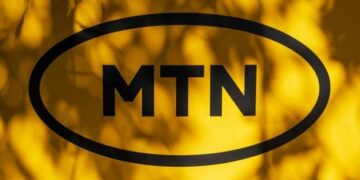Bank of Ghana Mops Up GHS 2.23 Billion in Short-Term Bills Amid Tightening Stance
The Bank of Ghana (BoG) has raised GHS 2.23 billion through the issuance of 56-day bills in its latest open market operation (OMO), as the central bank sustains efforts to absorb excess liquidity and reinforce its monetary policy stance.
The auction, conducted on Monday, May 26, 2025, cleared at an interest rate of 28%, aligning with recent monetary policy rate levels as the BoG seeks to anchor inflation expectations and support the cedi amid ongoing macroeconomic adjustments.
The central bank did not disclose the total amount of bids received from participating banks, nor did it indicate a target size for the operation.
BoG bill, which is a short-term debt instrument issued under the central bank’s liquidity management framework, is a key monetary policy tool, deployed to sterilise liquidity in the banking sector and steer short-term interest rates.
While not classified as traditional government debt, proceeds from such issuances are often used to provide short-term financing to the Treasury.
Market participants in Monday’s OMO viewed the outcome as consistent with the BoG’s current tightening bias, with the 28% yield on the bills broadly in line with the bank’s policy rate.
The central bank, which maintained its policy rate at 28% at its most recent MPC meeting, has reiterated its focus on stabilising prices while supporting economic recovery under an IMF-supported programme.
Analysts note that central bank bill auctions have grown in frequency and size in recent months, reflecting not only monetary tightening efforts but also the government’s constrained access to longer-term financing. The opacity surrounding bid levels and auction targets, however, continues to draw criticism from some market observers who have called for greater transparency in BoG’s open market operations.
Monday’s issuance is expected to tighten short-term liquidity conditions further, with knock-on effects on interbank rates and yields across the short end of the yield curve. The BoG via the OMO aims to balance liquidity control with support for a gradual economic rebound.









